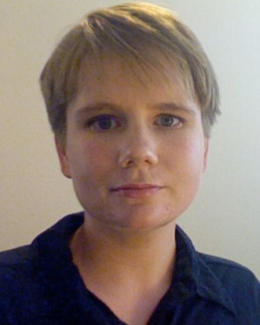Abstract
Novel uses of graphical processing units for accelerated computation revolutionized the field of high-performance scientific computing by providing specialized workflows tailored to algorithmic requirements. As the era of Moore’s law draws to a close, many new non–von Neumann processors are emerging as potential computational accelerators, including those based on the principles of neuromorphic computing, tensor algebra, and quantum information. While development of these new processors is continuing to mature, the potential impact on accelerated computing is anticipated to be profound. We discuss how different processing models can advance computing in key scientific paradigms: machine learning and constraint satisfaction. Significantly, each of these new processor types utilizes a fundamentally different model of computation, and this raises questions about how to best use such processors in the design and implementation of applications. While many processors are being developed with a specific domain target, the ubiquity of spin-glass models and neural networks provides an avenue for multi-functional applications. This also hints at the infrastructure needed to integrate next-generation processing units into future high-performance computing systems.





